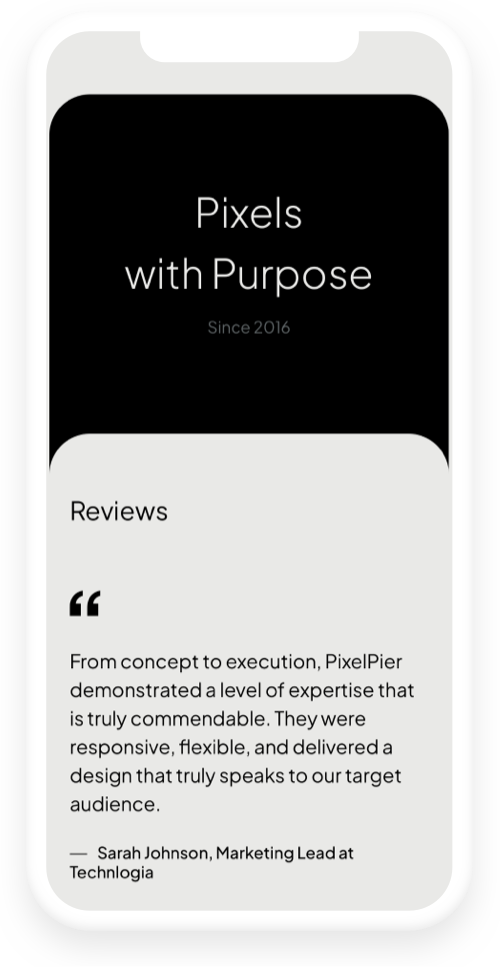In today’s fast-paced professional environment, businesses are increasingly relying on artificial intelligence (AI) to streamline operations, facilitate communication, and extract deeper insights from data. Among the many advancements in this realm, AI meeting automation, AI-driven computing, and AI for data mining are leading the charge in revolutionizing how organizations operate. This article delves into these trends, their applications, and the impact they have on various industries.
AI Meeting Automation
As remote and hybrid work environments become the norm, organizations are seeking innovative tools to enhance productivity and streamline communication. AI meeting automation refers to leveraging artificial intelligence to simplify various aspects of meetings, from scheduling to note-taking and follow-up.
Research by McKinsey suggests that employees spend approximately 28% of their workweek in meetings, negatively impacting productivity. AI meeting automation tools like Otter.ai, Microsoft Teams, and Zoom’s AI features are designed to alleviate this burden. By automating scheduling, sending reminders, generating agendas, and even transcribing conversations in real-time, these tools not only save time but also ensure that critical information is captured accurately.
Moreover, AI-powered analytics can help analyze and summarize key points from meetings, ensuring that all participants remain aligned on objectives and action items. By implementing these solutions, organizations can reclaim valuable time and enhance collaboration among teams.
AI-Powered Automated Computing
AI-driven computing encompasses a variety of technologies that leverage artificial intelligence to enhance operational efficiency across industries. From automating mundane tasks to optimizing complex processes, businesses are increasingly adopting AI to drive performance and decision-making.
For example, in the manufacturing sector, robots powered by AI are being utilized for predictive maintenance, enabling companies to foresee equipment failures and reduce downtime. A report by Deloitte indicates that AI-driven predictive maintenance can cut operational costs by up to 30%, providing a clear incentive for adoption.
In healthcare, AI-powered computing is reshaping diagnostics by analyzing medical images and patient data at unprecedented speeds. IBM Watson Health utilizes AI to assist medical professionals in diagnosing diseases such as cancer more accurately and quickly than ever before. By leveraging these technologies, hospitals and clinics can improve patient outcomes and optimize resource allocation.
As industries continue to embrace AI-driven computing, it’s crucial to evaluate the ethical implications of these technologies. Concerns around data privacy, bias in algorithms, and the potential for job displacement must be addressed to foster an environment where AI can coexist harmoniously alongside human workers.
AI for Data Mining
Data is often regarded as the new oil, and organizations are recognizing the importance of extracting actionable insights from vast amounts of information. AI for data mining entails using advanced algorithms and machine learning techniques to uncover patterns and trends within large datasets.
In sectors such as finance and marketing, AI-powered analytics tools are employed to predict customer behavior, identify trends, and optimize marketing strategies. A study by Statista indicates that companies using AI for data mining can experience a 10% increase in sales due to improved customer targeting and engagement.
For example, retailers leverage AI for data mining to analyze consumer purchasing behavior, allowing them to tailor their marketing efforts and enhance inventory management. By better understanding customer preferences, businesses can ensure that they offer the right products at the right time, ultimately driving sales and customer loyalty.
In academia and research, AI can assist in systematic reviews of literature, helping researchers to quickly identify relevant studies and synthesize findings. This not only accelerates the research process but also enhances the quality of academic work.
Industry Applications and Use Cases
The intersection of AI meeting automation, AI-powered computing, and AI for data mining presents a plethora of opportunities across various sectors. Here are a few noteworthy industry applications:
1. **Healthcare**: AI-driven tools are increasingly utilized in diagnostic imaging, drug discovery, and patient management. For instance, DeepMind’s AI system can analyze medical images to identify conditions like eye disease or breast cancer with greater accuracy than human radiologists.
2. **Finance**: AI-powered data mining is being used for fraud detection and risk assessment. Solutions from companies like ZestFinance leverage machine learning algorithms to analyze credit risks more effectively, leading to better lending decisions.
3. **Retail**: Amazon has effectively used AI meeting automation to streamline operations through efficient scheduling and communication across teams. Additionally, its recommendation engine, driven by data mining algorithms, has revolutionized the online shopping experience, increasing sales and customer satisfaction.
4. **Telecommunications**: Companies like Vodafone employ AI-driven computing for network optimization, analyzing data in real-time to predict outages and manage network loads effectively. This approach improves service reliability and customer satisfaction.
Technical Insights
Integrating AI into business operations requires a careful consideration of both technical requirements and potential challenges. Here are a few key considerations:
1. **Data Quality and Quantity**: For AI-powered systems to generate meaningful insights, organizations must ensure they have access to high-quality and relevant data. This may involve investing in data cleaning and preprocessing technologies.
2. **Algorithm Selection**: The choice of algorithms can significantly impact the outcomes of AI initiatives. Businesses must evaluate various machine learning models, such as supervised versus unsupervised learning, to determine which best suits their specific needs.
3. **Interoperability**: AI solutions must seamlessly integrate with existing IT infrastructure to maximize efficiency. Organizations should prioritize solutions that offer compatibility and ease of integration.
4. **Ethics and Regulation**: As the use of AI continues to expand, compliance with data privacy regulations and ethical considerations must be prioritized. Businesses must develop policies that govern AI use and ensure transparency in decision-making processes.
The Future of AI in Business
The future of AI in business appears promising, with technology continually advancing and businesses increasingly embracing AI solutions. As AI meeting automation, AI-driven computing, and AI for data mining continue to evolve, organizations will need to stay updated on the latest trends and adapt their strategies accordingly.
In conclusion, the integration of AI into meeting automation, computing, and data mining is reshaping industries and redefining operational efficiency. By leveraging these technologies, businesses can enhance productivity, make informed decisions, and ultimately gain a competitive advantage. However, it is essential to remain vigilant about the ethical implications and ensure that AI complements rather than replaces the human workforce. Organizations that embrace these changes will be better positioned to thrive in the future.
**Sources:**
1. McKinsey & Company. “The State of Meetings.” Retrieved from [McKinsey](https://www.mckinsey.com/).
2. Deloitte. “The Future of Predictive Maintenance in Manufacturing.” Retrieved from [Deloitte Insights](https://www2.deloitte.com/us/en/insights.html).
3. Statista. “AI in Sales: Statistics & Facts.” Retrieved from [Statista](https://www.statista.com/).
4. IBM Watson Health. “AI in Healthcare.” Retrieved from [IBM Watson](https://www.ibm.com/watson-health).
5. DeepMind Health. “AI for Healthcare.” Retrieved from [DeepMind](https://deepmind.com/).




























